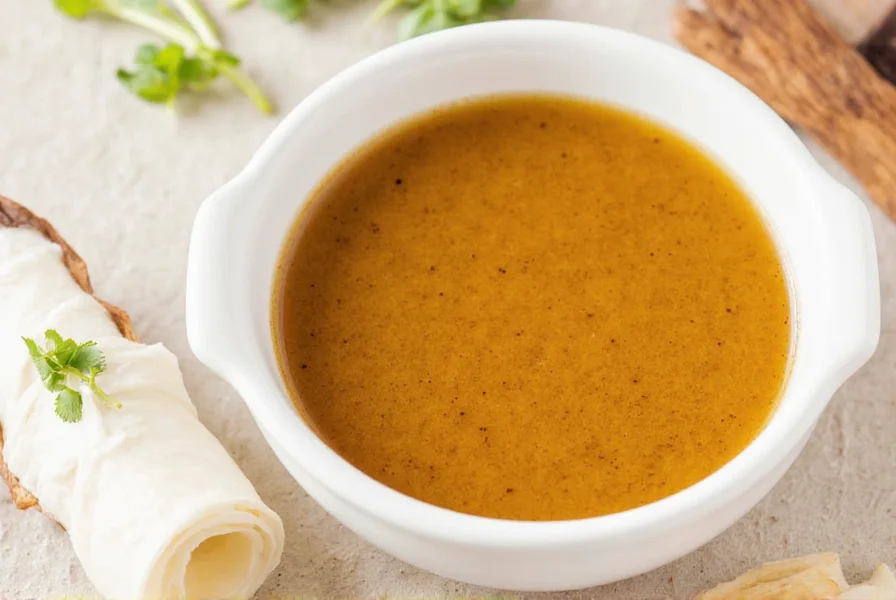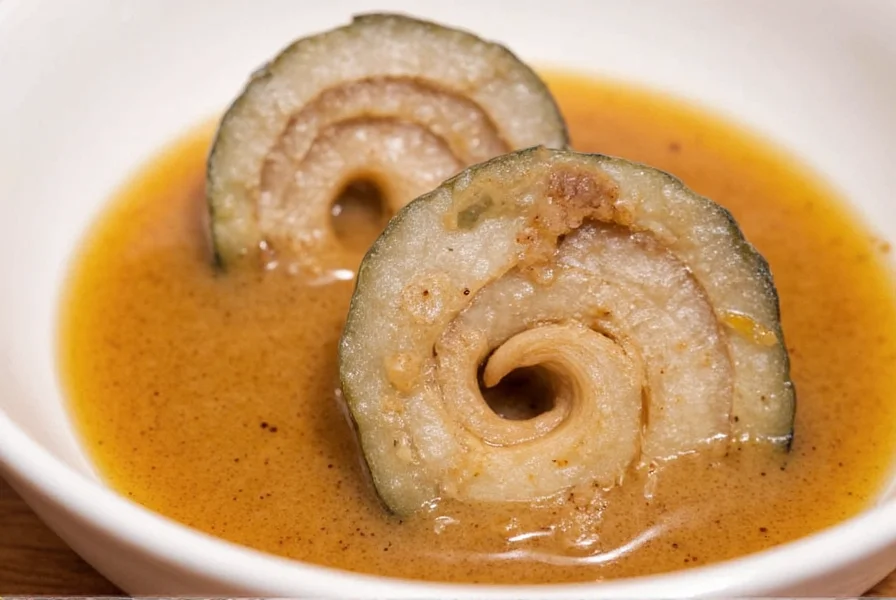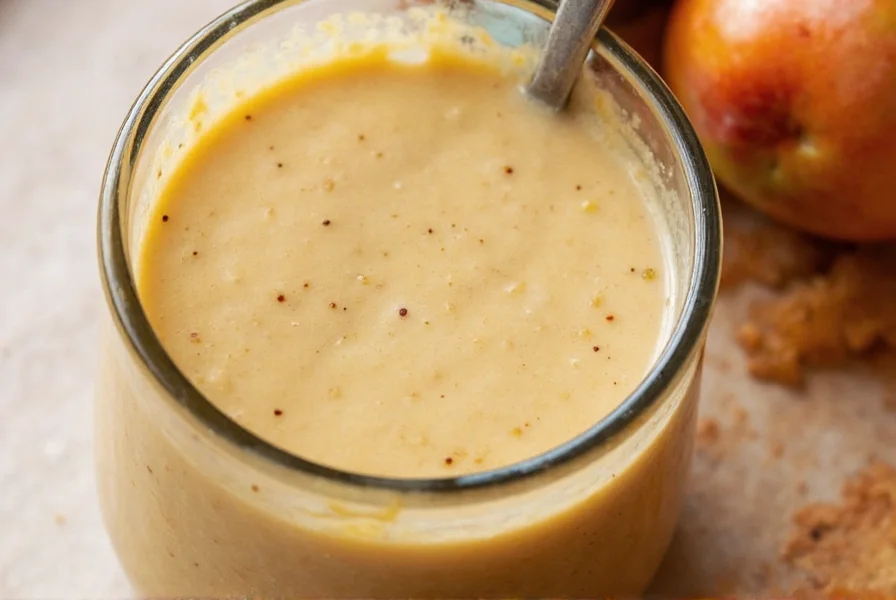Hibachi ginger dressing forms the backbone of Japanese steakhouse flavor, delivering that distinctive restaurant-quality taste to home kitchens. Unlike standard salad dressings, this preparation functions as both a marinade and finishing sauce, infusing proteins and vegetables with complex umami notes while providing the signature glossy finish seen in teppanyaki cooking. The magic happens through careful balancing of five essential components: fresh ginger for zing, garlic for depth, soy sauce for saltiness, rice vinegar for brightness, and sesame oil for nutty richness.
Authentic Ingredients and Their Culinary Roles
Creating genuine hibachi ginger dressing requires attention to ingredient quality and proportions. The traditional formulation includes:
| Ingredient | Function | Professional Tip |
|---|---|---|
| Fresh ginger (2 tbsp grated) | Provides bright, spicy warmth | Use microplane for maximum juice extraction |
| Soy sauce (1/4 cup) | Delivers umami and saltiness | Low-sodium version prevents overpowering |
| Rice vinegar (2 tbsp) | Creates balanced acidity | Substitute with apple cider vinegar if needed |
| Sesame oil (1 tbsp) | Adds nutty aroma and sheen | Always use toasted variety for authentic flavor |
| Honey (2 tbsp) | Counteracts acidity with sweetness | Mix with vinegar first to prevent crystallization |
The precise ratio of these elements determines whether your homemade hibachi ginger dressing achieves that perfect restaurant-style balance. Many amateur attempts fail by using pre-minced ginger (which lacks vibrancy) or improper oil ratios that cause separation. For optimal texture, include 1 teaspoon cornstarch dissolved in 2 tablespoons water to create the characteristic glossy consistency that clings to grilled vegetables and proteins.
Step-by-Step Preparation Method
Follow this professional technique for authentic results:
- Grate 2 tablespoons fresh ginger using a microplane grater
- Mix 1/4 cup low-sodium soy sauce with 2 tablespoons rice vinegar and 2 tablespoons honey
- Whisk in 1 tablespoon toasted sesame oil and 2 minced garlic cloves
- Create slurry: 1 teaspoon cornstarch + 2 tablespoons cold water
- Heat mixture in small saucepan over medium heat
- Slowly whisk in cornstarch slurry
- Cook 2-3 minutes until slightly thickened
- Cool completely before using as marinade or sauce

Proper Storage and Shelf Life
Understanding proper storage techniques extends your hibachi ginger dressing's usability. When stored in an airtight container:
- Refrigerator: Lasts 2 weeks (ideal for weekly meal prep)
- Freezer: Maintains quality for 3 months (freeze in ice cube trays)
- Room temperature: Only safe for 2 hours during service
Separation is normal—simply shake or whisk before use. For extended refrigerator storage, add 1/2 teaspoon citric acid to maintain vibrant color. Never reuse dressing that has contacted raw meat unless boiled for 3 minutes to eliminate pathogens.
Versatile Applications Beyond Steakhouse Meals
While traditionally associated with teppanyaki cooking, this Japanese steakhouse ginger sauce shines in numerous applications:
- Marinade: 30-60 minutes for chicken, shrimp, or tofu
- Dipping sauce: Mix with equal parts mayonnaise for sushi
- Salad dressing: Whisk with additional rice vinegar for greens
- Stir-fry base: Replace half your usual sauce with this dressing
- Rice enhancer: Drizzle over cooked rice before serving
For those seeking hibachi ginger dressing substitution options, combine equal parts soy sauce, mirin, and rice vinegar with 1/2 teaspoon grated ginger when short on time. This quick version lacks complexity but works in emergencies.
Common Preparation Mistakes to Avoid
Even experienced home cooks make these critical errors when attempting authentic hibachi style ginger dressing:
- Using dried ginger powder—lacks the bright, spicy notes of fresh
- Adding oil to cold mixture—causes improper emulsification
- Overheating sesame oil—becomes bitter above 350°F (175°C)
- Skipping the cornstarch—results in watery, non-adherent sauce
- Using regular vinegar—distorts the delicate flavor balance
Professional chefs recommend making small test batches when experimenting with hibachi ginger dressing variations. Adjust sweetness gradually—honey quantity should match the vinegar's acidity level for proper balance. For gluten-free versions, substitute tamari for soy sauce without altering other proportions.
Frequently Asked Questions
What's the difference between hibachi ginger dressing and regular ginger dressing?
Hibachi ginger dressing contains specific ratios of soy sauce, rice vinegar, and sesame oil designed for high-heat cooking, while regular ginger dressings often use olive oil and lack the cornstarch thickener necessary for teppanyaki applications. Authentic hibachi versions maintain viscosity when poured on hot surfaces.
Can I use this dressing as a marinade for chicken?
Yes, hibachi ginger dressing makes an excellent chicken marinade when used for 30-60 minutes. The acidity tenderizes without cooking the meat, while the sugar content promotes beautiful caramelization on the grill. Avoid marinating longer than 2 hours as the vinegar can start to 'cook' the chicken.
Why does my homemade version separate in the refrigerator?
Separation occurs when the cornstarch slurry isn't properly incorporated or when oil is added to cold ingredients. Always heat the base mixture before adding the cornstarch slurry, then slowly whisk in room-temperature sesame oil. Properly made hibachi ginger dressing should maintain emulsion for 3-5 days refrigerated.
What's the best oil for hibachi ginger dressing?
Toasted sesame oil provides the authentic nutty aroma essential to Japanese steakhouse ginger sauce, but should comprise no more than 25% of total fat content. Many professional kitchens blend 3 parts neutral oil (like grapeseed) with 1 part toasted sesame oil to prevent bitterness while maintaining flavor. Never use olive oil as it overwhelms the delicate ginger notes.
How can I make my dressing less sweet?
Reduce honey by 1 teaspoon increments while increasing rice vinegar by 1/2 teaspoon to maintain balance. Authentic hibachi ginger dressing has subtle sweetness that complements rather than dominates—aim for a 3:2 vinegar-to-sweetener ratio. For sugar-free versions, use 1/4 teaspoon liquid stevia plus 1/2 teaspoon Dijon mustard to mimic sweetness perception.












 浙公网安备
33010002000092号
浙公网安备
33010002000092号 浙B2-20120091-4
浙B2-20120091-4